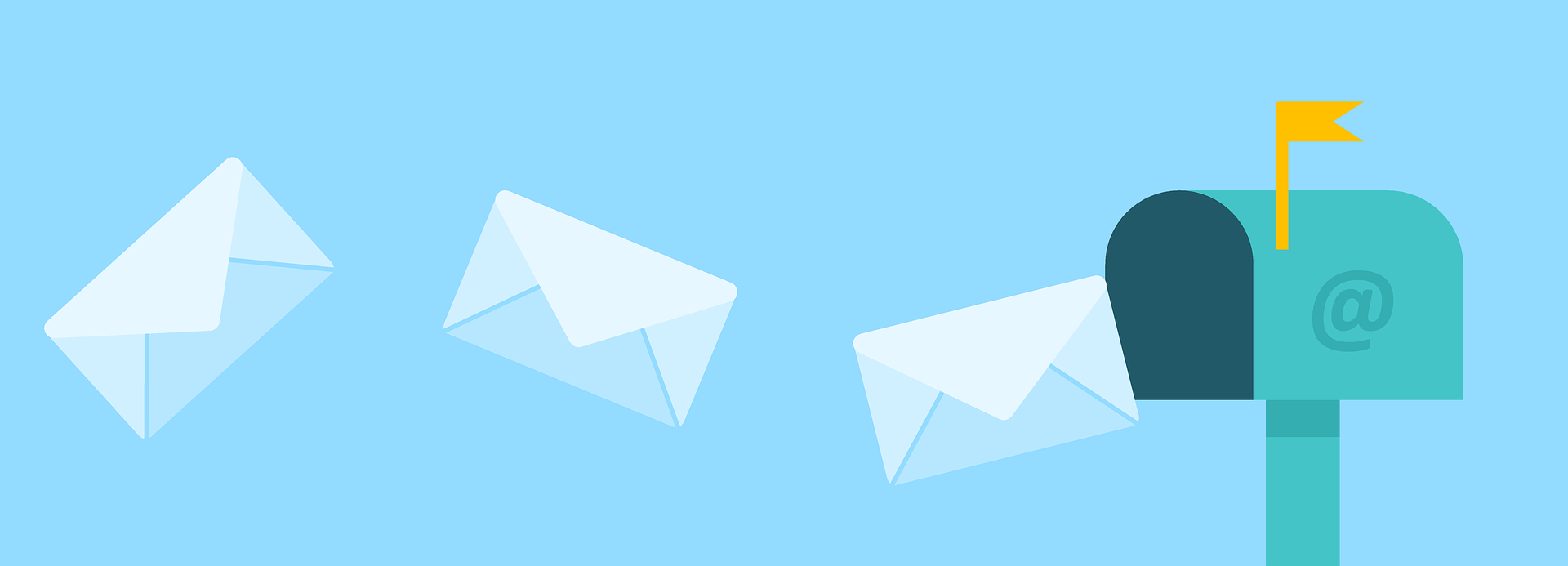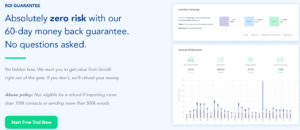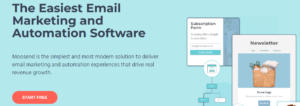What is Affiliate Marketing?
Affiliate marketing is a type of performance-based marketing where affiliates earn a commission for promoting a company’s products or services to their audience. in order to maximize affiliate revenue, it is important to optimize your website or blog for affiliate marketing. One of the best ways to do this is through the use of on-page optimization tools.
What is Email Marketing?
Email marketing is the act of sending a commercial message, typically to a group of people, using email. In its broadest sense, every email sent to a potential or current customer could be considered email marketing. It involves using email to send advertisements, request business, or solicit sales or donations. Email marketing strategies commonly seek to achieve one or more of three primary objectives, to build loyalty, trust, or brand awareness. The term usually refers to sending email messages with the purpose of enhancing a merchant’s relationship with current or previous customers, encouraging customer loyalty and repeat business, acquiring new customers or convincing current customers to purchase something immediately, and sharing third-party ads.
Email marketing is a powerful tool for promoting affiliate products. By creating a high-converting email marketing funnel, you can effectively reach potential customers and increase your chances of making a sale. In this blog post, we will take a look at the steps involved in creating a high-converting email marketing funnel for affiliate products.
How to Create a High-Converting Email Marketing Funnel?
Step 1: Build Your Email List
The first step in creating a high-converting email marketing funnel is building your email list. This is a crucial step as without a list of potential customers, you will not be able to promote your affiliate products effectively. There are several ways to build your email list, including:
Offering a lead magnet:
A lead magnet is a freebie or incentive offered in exchange for an email address. This can be anything from an e-book, a free trial, or a discount code.
Running a contest or giveaway
Running a contest or giveaway is a great way to build your email list. This can be done by offering a prize for signing up to your email list or for participating in the contest.
Creating a Landing Page
A landing page is a standalone web page created specifically for the purpose of capturing email addresses. It should include a form for visitors to enter their email address and a clear call-to-action (CTA) to encourage them to sign up.
Utilizing social media
Social media can also be used to build your email list. You can promote your lead magnet or contest on social media, or you can use a social media platform like Facebook to create a lead generation campaign.
Step 2: Segment Your Email List
Once you have built your email list, the next step is to segment it. Segmentation is the process of dividing your email list into smaller groups based on specific criteria, such as demographics, interests, or behavior. This will allow you to create targeted campaigns that will resonate with your audience and increase your chances of making a sale.
Step 3: Create an Email Sequence
Once you have segmented your email list, the next step is to create an email sequence. An email sequence is a series of emails that are sent to your subscribers over a period of time. This sequence should be designed to nurture your subscribers, build trust, and ultimately lead them to make a purchase.
Here are some tips for creating an effective email sequence:
Start with a welcome email:
The first email in your sequence should be a welcome email that introduces your brand and sets the tone for your future emails.
Provide Value
Each email in your sequence should provide value to your subscribers. This can be in the form of helpful tips, exclusive content, or special offers.
Build Trust
As you continue to send emails, you should focus on building trust with your subscribers. This can be done by sharing testimonials, case studies, or success stories.
Use a CTA
Each email in your sequence should include a clear CTA that encourages your subscribers to take action. This could be to sign up for a free trial, download a lead magnet, or make a purchase.
Step 4: Optimize Your Email Funnel
Once you have created your email sequence, it’s essential to optimize it to ensure that it’s converting at its highest potential. Here are a few tips for optimizing your email funnel:
Test your subject lines:
The subject line is the first thing that your subscribers will see when they receive your email. It’s essential to test different subject lines to see which ones are getting the most opens.
Test your email copy:
Your email copy should be clear, concise, and easy to read. Test different versions of your email copy to see which one resonates best with your audience.
Test your CTAs:
Your CTAs should be clear and prominently displayed in your emails. Test different versions of your CTAs to see which one is getting the most clicks.
Analyze your data
Track and analyze your email funnel’s performance. Use tools like Google Analytics to track open rates, click-through rates, and conversion rates. Use this data to make improvements to your email funnel.
Use an A/B testing tool:
An A/B testing tool can be used to test different elements of your email funnel, such as subject lines, email copy, and CTAs. This will help you determine which elements are working best and make adjustments accordingly.
Step 5: Promote Your Affiliate Products
Once your email funnel is optimized, it’s time to promote your affiliate products. This can be done by including links to the products in your emails, creating dedicated product-promotion emails, or creating a dedicated landing page for your affiliate products.
When promoting your affiliate products, it’s essential to be transparent and honest with your subscribers. Be sure to disclose that you are an affiliate and that you will earn a commission if they make a purchase.
In conclusion, creating a high-converting email marketing funnel for affiliate products is a powerful way to reach potential customers and increase your chances of making a sale. By following the steps outlined in this blog post, you can build your email list, segment your email list, create an email sequence, optimize your email funnel, and promote your affiliate products effectively. Remember to track and analyze your data to make improvements to your email funnel over time.




